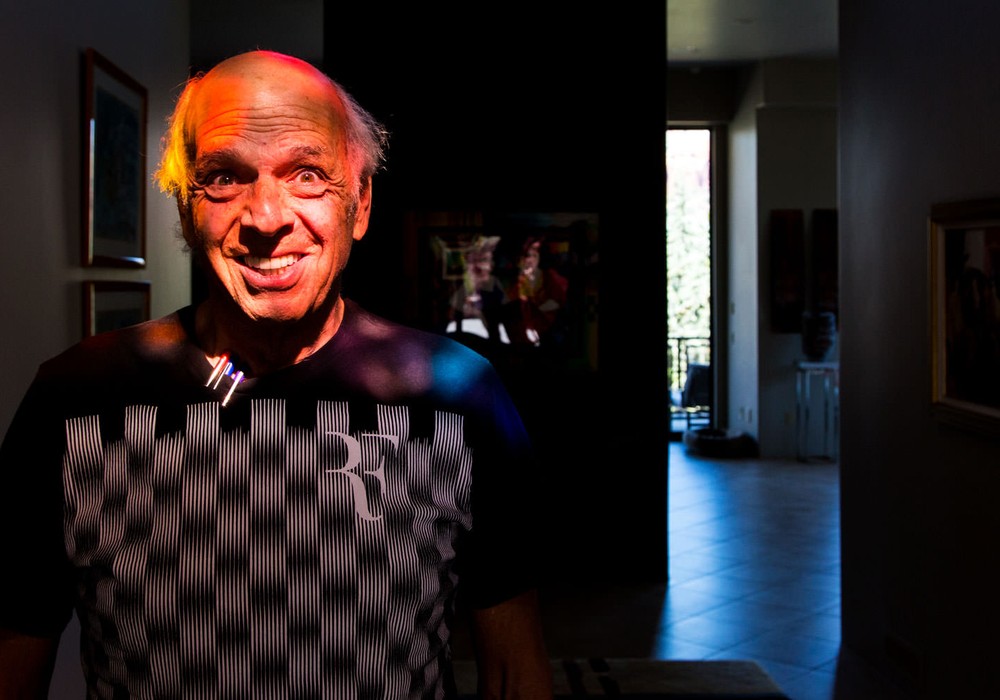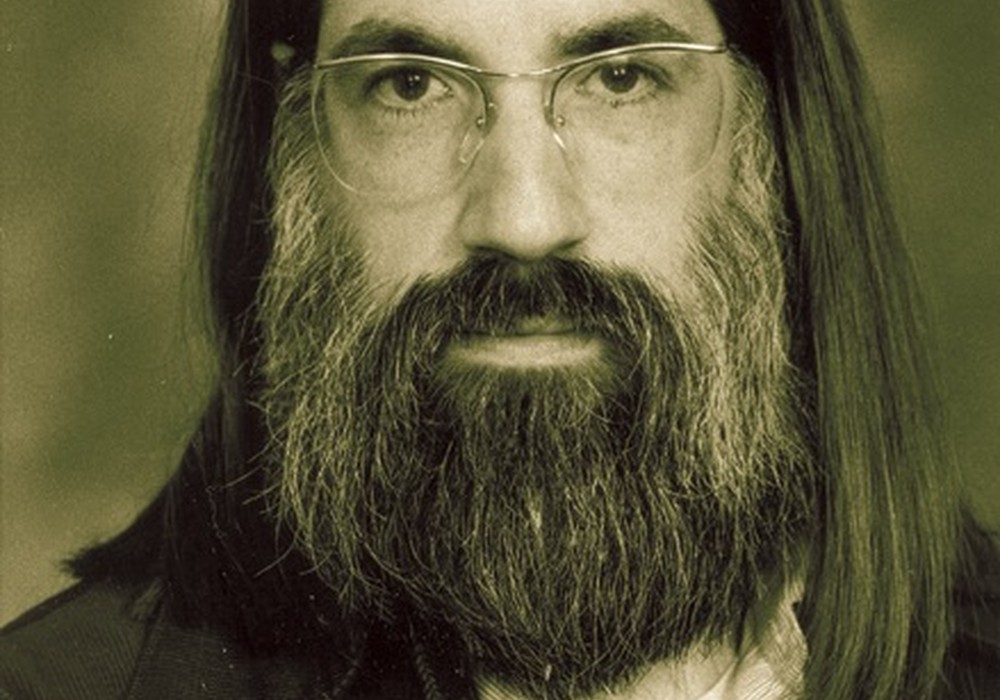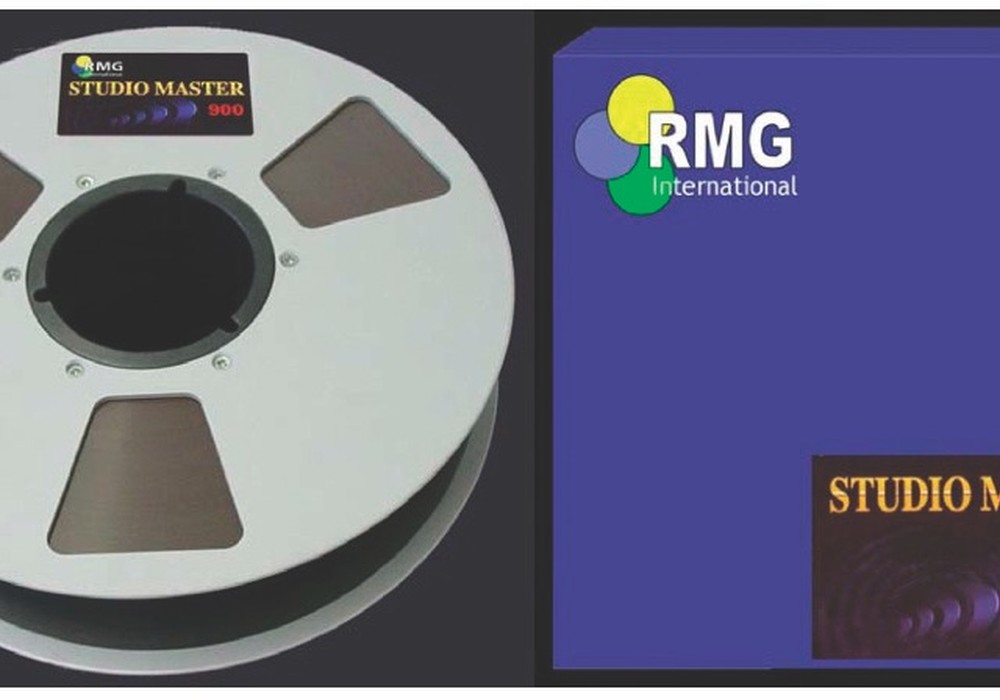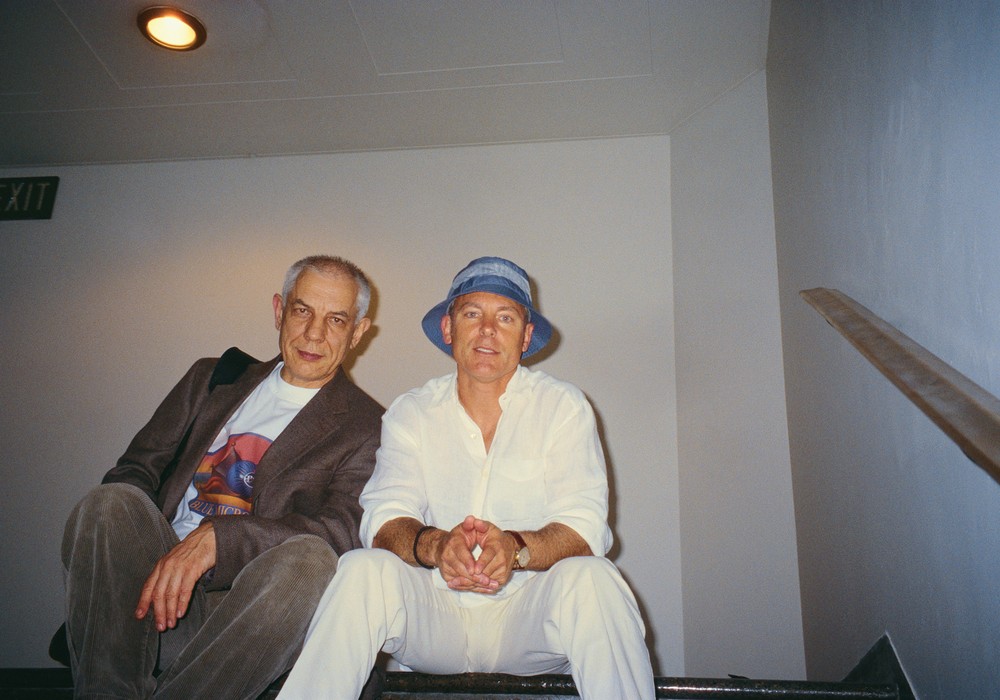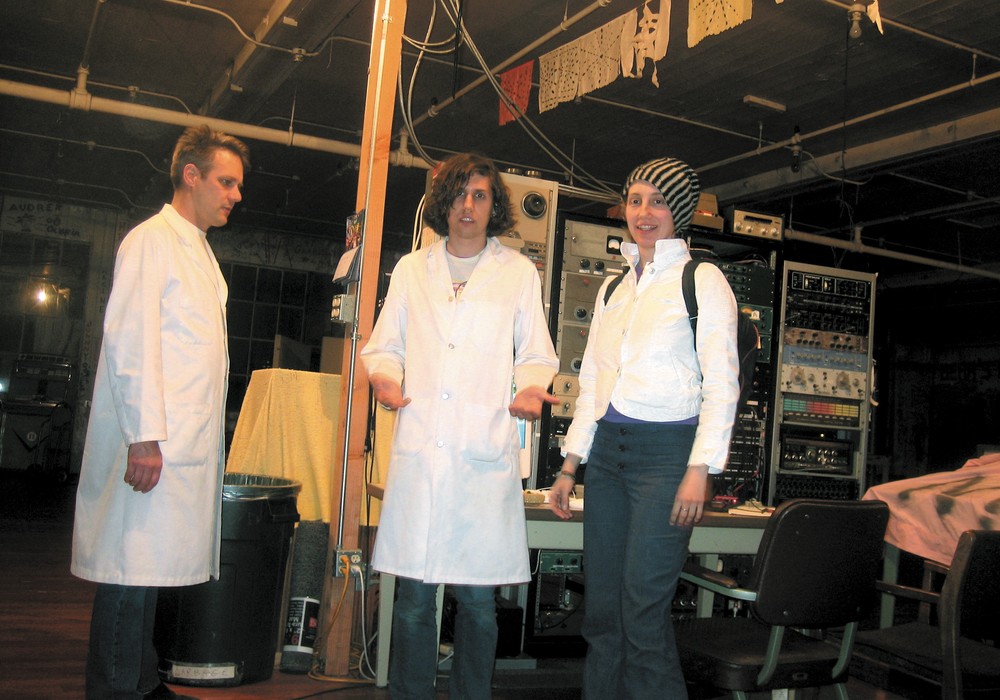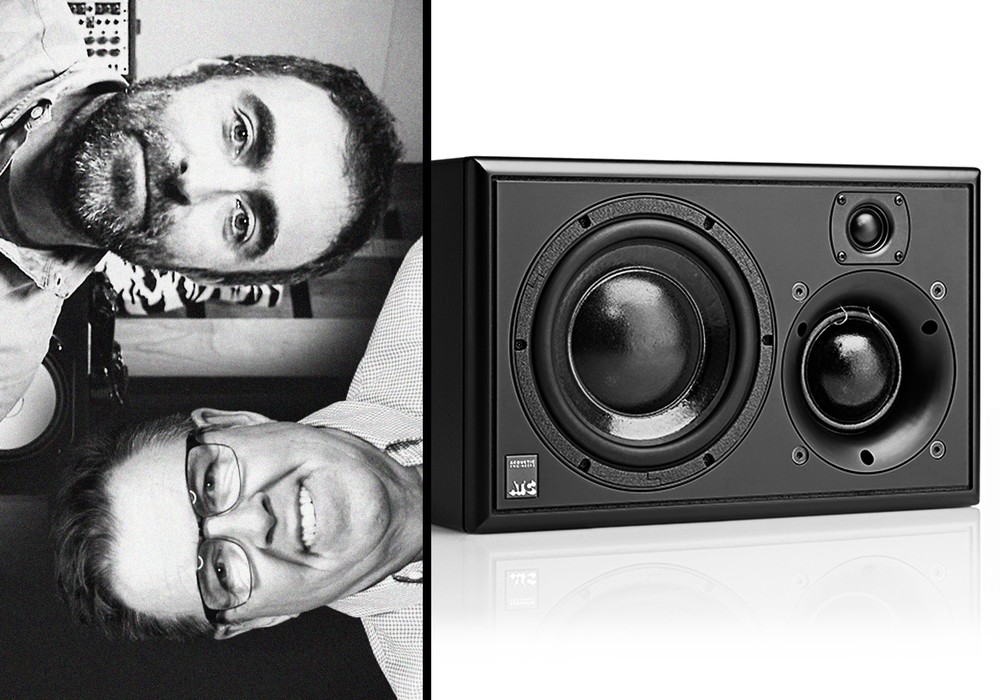Most Tape Op articles feature the people behind the making of a record. But what about the people who make the gear that we make records on? "Behind the Gear" is a new column featuring interviews with engineers, businesspeople and innovators who are the faces "behind" the recording products that we know and love. This issue Ian Mills Swanke interviews John LaGrou of Millennia Media, a company famous for their pristine mic pres and "twin-topology" equipment. Next issue: Walt Szalva interviews Dave Derr [Tape Op #33] of Empirical Labs who makes the Distressor. -LC
John LaGrou's company, Millennia Media, manufactures some of the most highly-praised outboard gear in use today. His pres are used by NASA, the White House, and an enormous amount of classical engineers and film scoring studios. Millennia's compressors and equalizers are in constant use in mastering houses across the globe. I visited John recently at Millennia's headquarters in the Sierra Nevada mountains of Northern California, where his was kind enough to share his knowledge, gregarious enthusiasm and insight.
So what first fostered your love of electronics and music?
My dad introduced me to electronics when I was four — that's when we built a crystal radio together — we hand wound the coils on an empty toilet paper tube. My dad bought one of the first stereo home tape recorders in the 1950s — a 1/4" half-track "Voice of Music" machine. That amazing piece of technology became my introduction to audio recording. When my parents bought my first electric guitar for me at age seven, the VM's stereo satellite speaker became a guitar amp. It was all vacuum tube and dialed up a really nasty distortion. My poor parents! Anyway, around 6th grade my dad and I built a real guitar amplifier, but it was pretty thin sounding, and I still wanted more gain, more tone. I had read about preamplifiers, so I experimented with different ways to boost signals. Sometime after, I discovered an amazing new device called the 741 IC op-amp. I hooked up a pair of batteries and configured it with a pot for around 30 dB of adjustable gain and fed that into the guitar amp's front end. It immediately gave me more presence and grunge. I was hooked! Not long after, I built a steel stomp box for the 741-based preamp.
How did you get interested in professional recording?
In my high school years, I started reading as much as I could about pro audio recording. The literature was pretty scant back then. I had been playing in rock bands since junior high and it seemed like a natural evolution to get into recording. I think it was my senior year in high school when my mentor John Wallace [today the Director of Ford Motor's Electric Vehicle Program] suggested I visit an AES Convention in Los Angeles. In those days, AES was held at the Hilton Hotel and very intimate, a very different feel compared with today's AES Conventions. It was my first AES show and it completely blew my mind. I remember Yamaha had a 2" tape machine running America's "Ventura Highway," and they were letting people mix it on their new PM-1000 board. It was my first hands-on experience mixing a two inch analog master. It sounded so awesome! That AES show really influenced the direction of a young kid's life.
So, recording and electronics were a natural fit for you?
Yeah. Later in the '70s, I worked for John Wallace at his company called PMD. While there, we developed two smaller audio mixing consoles. PMD later became Intel's Santa Cruz design center. I went on to work in R&D with a transducer company called Endevco, attended various colleges, played progressive rock, and worked as a freelance electro- mechanical and PCB designer for quite a few electronics companies around L.A. During that time, I acquired a one-inch tape machine. It was an Ampex FR-1100 data logger that a Bay Area company had modified with an 8-track audio head stack, but it didn't have audio electronics. My task was clear — I needed to develop some tape record- reproduce electronics for the old Ampex machine. I actually spent a couple years part-time on the tape electronics, and finally completed a very good performing rig that I could use in my studio, but it never made it to market as a commercial product. It was a rag tag assemblage of self-made mixers and tape electronics and it formed the heart of a modest home studio that made some really good recordings. Around that time, I developed an add-on percussion trigger for my big old Hammond C-2 organ. It mixed an adjustable envelope of selectable harmonics with the sustained tones, giving a percussive effect on the note attack. I tried briefly to market the product, but that's when I met Cynthia — a remarkably talented and insightful woman who's become my life's compass. I knew then that my poverty-level freelancing-musician-student lifestyle had to change. I took a full time job with a Silicon Valley electronics company, which evolved into a management position with a fledgling computer company. We...
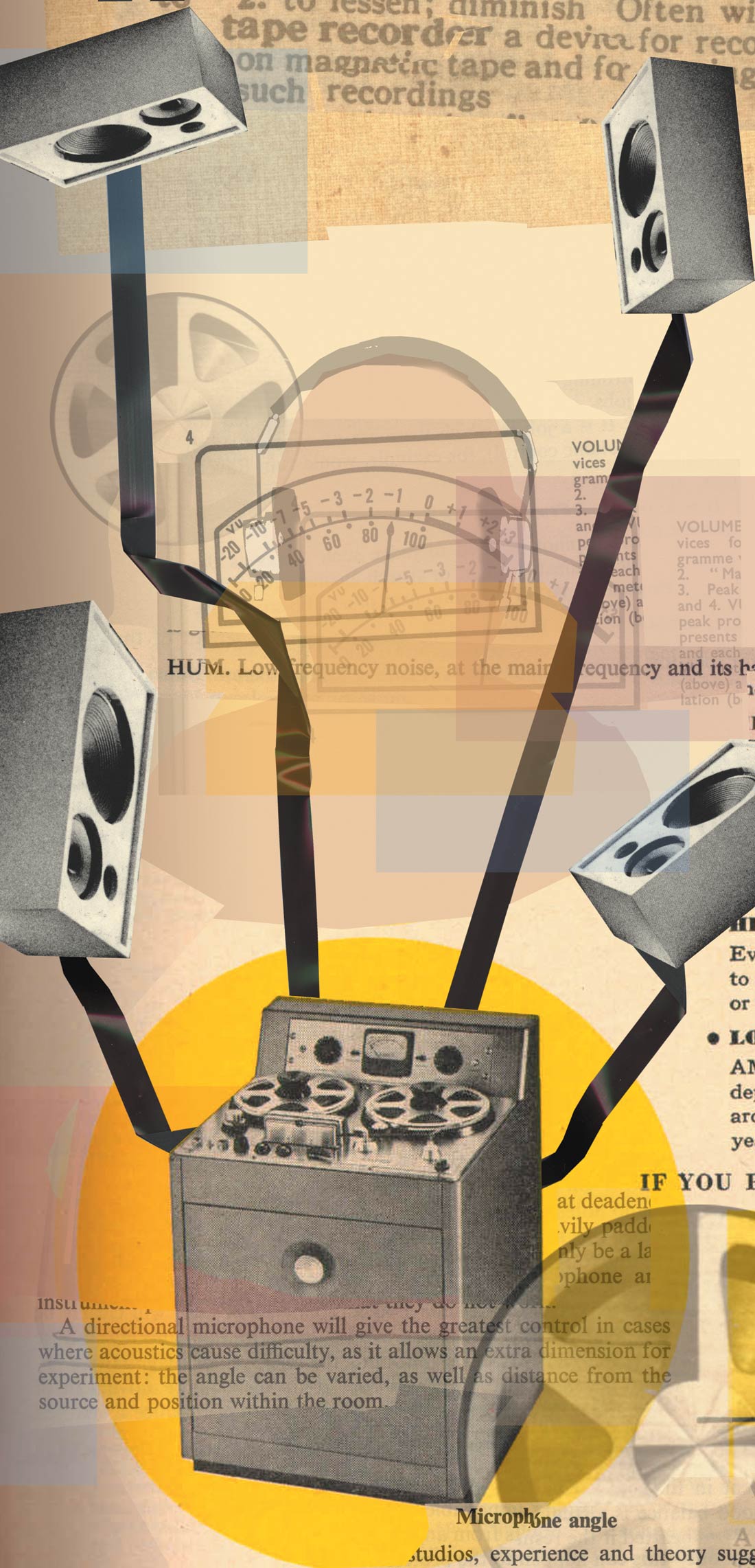

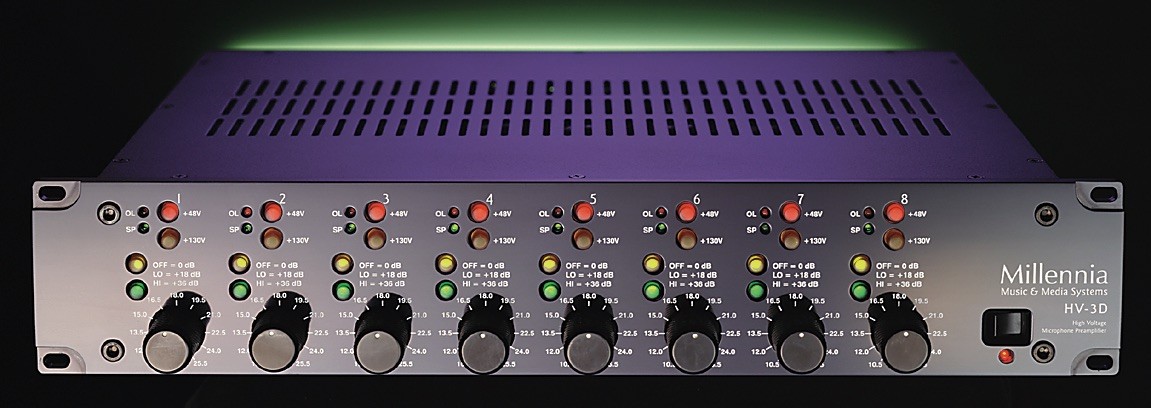
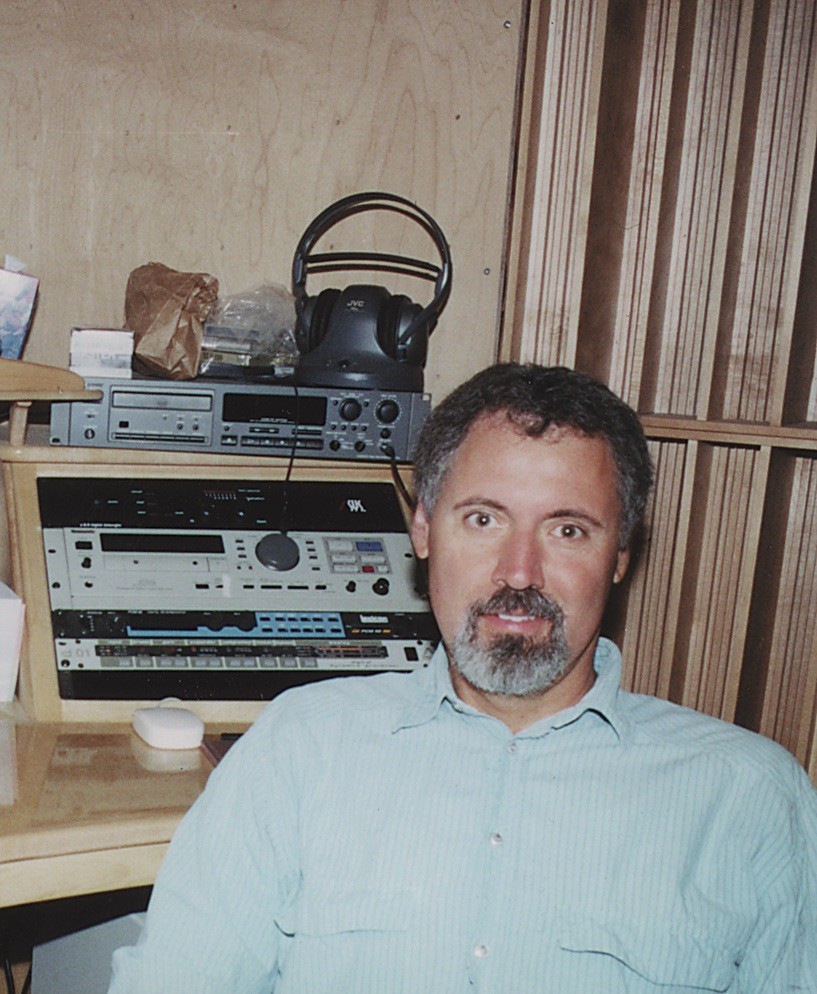


_disp_horizontal_bw.jpg)
